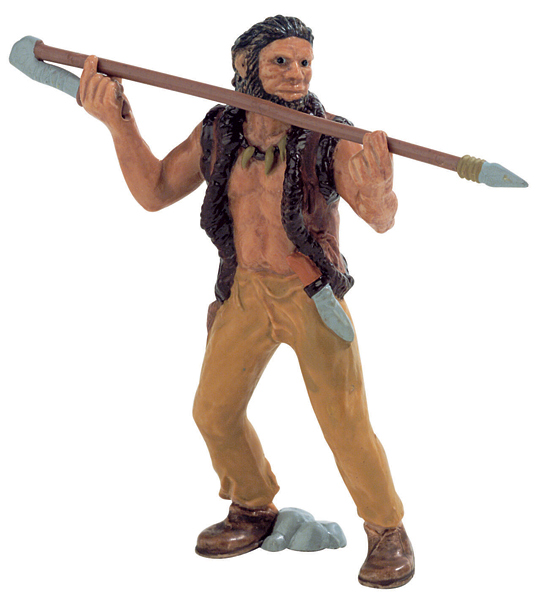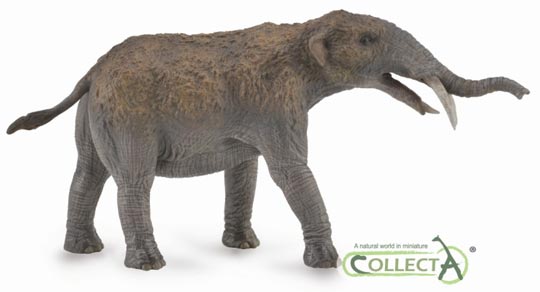Unique Mexican Dig Site Indicates that Clovis Man had a Taste for Elephants
First American Settlers may have Hunted Elephants
A team of archaeologists working at a remote dig site in Mexico close to the border with Arizona have unearthed evidence that the earliest known American settlers, the Clovis people, probably ate the local megafauna, including giant elephants.
An elephant may not be the first animal that springs to mind when you consider the wild animals that live in the Americas today. However, it is worth remembering that the two modern-day species of elephant are living representatives of a much larger group of hoofed mammals – the proboscideans. The proboscideans spread throughout the world during the Miocene to the Pliocene Epochs.
Clovis People
Now in a study of a secret dig site, a team of anthropologists and archaeologists have concluded that the first Americans co-existed with large elephant-like animals and may have hunted them or at least scavenged carcases to obtain meat. Stone tools and spear tips found with the fossil bones of a ancient type of elephant, about the size of a modern Asian elephant have been found at a remote location in the northern Mexico state of Sonora. They indicate that Clovis era hunters butchered two young gomphotheres, the site has been dated to around 13,000 years ago.
Gomphotheres were a highly successful group of elephants that lived in a variety of habitats, a number of species are known. They are distinguished from extant species of elephant by having two pairs of tusks. One pair in the upper jaw, a second often smaller pair in the lower jaw that forms a shovel to help the animals dig up roots.

Commentating on the discovery, Vance Holliday, an anthropologist with the University of Arizona; stated that these fossils are the most geologically recent gomphothere fossils found, indicating that this type of elephant survived up to almost the beginning of the Holocene Epoch.
This is the first time gomphothere fossils have been found together and in association with implements and tools of the Clovis people, the oldest known inhabitants of North America. It is known that ancient humans (H. sapiens) in Africa hunted elephants, images of an elephant hunt have been depicted in African cave paintings. The site will be excavated for the foreseeable future, but the researchers presented preliminary findings at a meeting of the Geological Society of America last month.
Outlining the significance of the site Holliday stated:
“This would be the first documentation that there was some sort of human interaction with gomphotheres in North America.”
Yet to Find Evidence of Humans
Although the dig team have yet to find any human fossil evidence, distinctive spear tips associated with Clovis people have been found and it seems likely that the Clovis people either hunted these elephants or took meat from dead animals. The Clovis people are so called as evidence of their culture (believed to have dated from about 13,000 years ago) was found near the town of Clovis in New Mexico.
Gomphotheres were thought to have vanished from North America 100,000 years ago, said David Lambert, a biologist at the Louisiana School of Science, Mathematics and the Arts.

The picture above shows a 1:20 scale gomphothere replica, in the CollectA Deluxe prehistoric life range. To view this extensive range: CollectA Deluxe Prehistoric Life Models.
Holliday added:
“This is a Lazarus effect. Something disappears and then, out of the blue, pops up again.”
Lambert, who has unearthed three gomphotheres in Florida — all more than 120,000 years old, stated that the finding of fossil gomphotheres approximately only 13,000 years old was a “real surprise”.
This remote dig site, is providing some interesting insights into the lives of the earliest American settlers, it is not clear whether the elephants were killed by these humans, but it is known that the Clovis people did hunt and kill large animals. The Sonora site may yield more exciting discoveries as the researchers believe that this may have been the location of a Clovis encampment. Perhaps more artefacts will be found, along with evidence of human habitation such as the remains of hearths.

